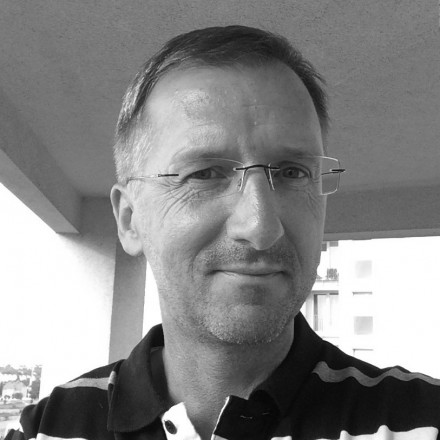Vojtovic, P; Kucera, F; Kubus, P; Gebauer, R; Matejka, T; Tlaskal, T; Lozek, M; Kovanda, J; Janousek, J. Europace. 2018 Feb 1;20(2):323-328. doi: 10.1093/europace/euw414. IF: 5.231

MUDr. Pavel Vojtovič, Children’s Heart Centre
Abstract
Aims: Right bundle branch block is associated with right ventricular (RV) electromechanical dyssynchrony, which may contribute to acute haemodynamic impairment after repair of tetralogy of Fallot (ToF). We sought to evaluate the effects of RV resynchronization on haemodynamics and tissue oxygenation during the first 24 h after surgery.
Methods and results: Arterial pressures, cardiac output, and tissue oxygenation were measured in 28 consecutive patients (median age 10.1 months) during baseline sinus rhythm with right bundle branch block and after RV resynchronization by atrial-triggered RV free wall pacing in complete fusion with spontaneous activation. Studied variables were compared in a crossover design in four 5-min intervals (baseline rhythm and stimulation, 2x each). Resynchronization reduced the QRS complex duration from median 110 to 70 ms (P < 0.001), increased significantly median arterial systolic, mean and pulse pressure, cardiac index, left ventricular maximum +dP/dT and decreased central venous pressure (P < 0.001 for all). Both cerebral and renal oxygenation improved (P < 0.001). Eleven of the 28 patients showed a clinically highly significant resynchronization effect defined as an increase in arterial pulse pressure of >= 10%. The q-RV interval (expressed as % of QRS duration) at the RV pacing site during baseline rhythm was the only predictor of resynchronization effect.
Conclusions: RV resynchronization carried short-term improvement of haemodynamics in children early after surgery for ToF and might be a useful non-pharmacologic adjunct to the management of haemodynamically compromised patients. Resynchronization effect was maximized when pacing from area of the latest RV activation.